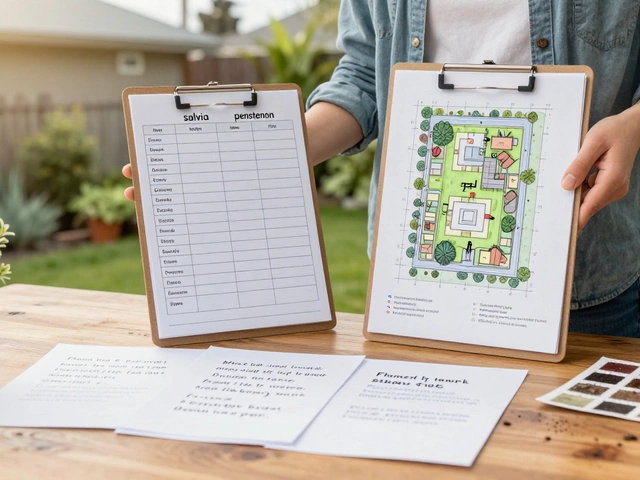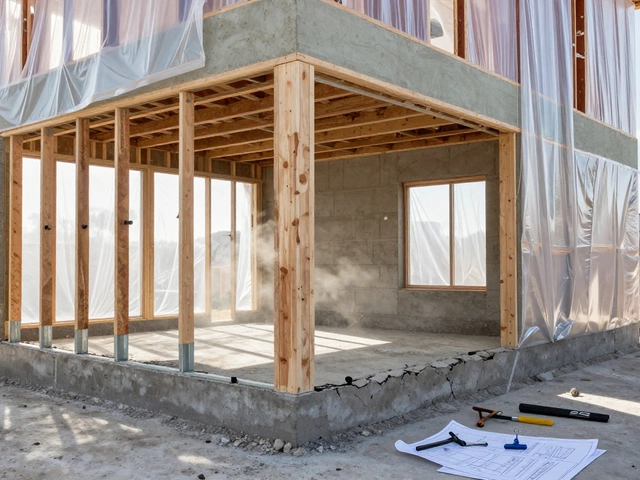Residential Construction: Guides, Trends, and Practical Tips
When working with residential construction, the process of building, repairing, or upgrading homes for people to live in. Also known as home building, it combines structural work, utility installation, and finishing touches to create safe, comfortable living spaces.
Key Areas Every Homeowner Should Know
One big part of home renovation, updating existing rooms, systems, or layouts to improve function or style is choosing the right materials and timing. Whether you're swapping out a kitchen countertop or adding a new bathroom, the renovation phase shapes how the whole house feels. It also sets the stage for later upgrades like energy‑efficient windows or smart‑home wiring.
Another critical factor is foundation settlement, the gradual sinking or shifting of a house’s base over time. Signs include uneven floors or cracks in walls, and they can jeopardize structural integrity if ignored. Regular inspections and proper drainage can catch issues early, saving money and headaches before they affect the overall construction project.
When the structure is solid, roof replacement, removing old roofing materials and installing new ones to protect the home becomes a major budgeting question. Costs vary by material, pitch, and region, but a well‑installed roof adds years of protection and can boost resale value. Understanding the balance between price, durability, and energy efficiency helps homeowners decide whether a shingle, metal, or tile roof fits their needs.
Beyond the bones of the house, interior design trends, popular styles, colors, and furniture choices that shape a home’s look and feel influence how residents experience their space. From 2024’s shift away from gray to vibrant, nature‑inspired hues, to the rise of multifunctional furniture, staying on top of trends can guide renovation decisions and keep the home feeling fresh without a full rebuild.
These four pillars—renovation, foundation health, roof work, and design trends—are tightly linked. A solid foundation supports a new roof; a well‑planned renovation integrates modern design; and all of them together determine the long‑term success of residential construction projects. By understanding each piece, you can plan smarter, avoid costly surprises, and enjoy a home that works for you today and tomorrow.
Below you’ll find a curated set of articles that break down each topic in detail. From DIY table makeovers that add a modern touch to your living room, to expert advice on roof budgeting and foundation checks, the collection offers practical steps you can take right now. Dive in to get the insights you need for every stage of your residential construction journey.
Commercial vs. Residential Construction: Which Is Better?
Deciding between commercial and residential construction isn't just about bricks and mortar—it's about understanding your goals and what each can offer. This piece explores the essential differences, including cost, scope, and future opportunities. Whether you're into building skyscrapers or cozy homes, knowing these differences can steer your next big decision. Discover practical insights and tips that lead you to the perfect choice.
full articleUnderstanding Non-Commercial Construction: A Comprehensive Guide
Non-commercial construction represents the non-commercial side of building projects. It focuses on the creation of structures intended for private use or specific community purposes. Unlike commercial construction, which aims to generate profit, this form of construction includes residential homes, schools, and community centers. Such projects prioritize comfort, safety, and community needs over financial return.
full article





